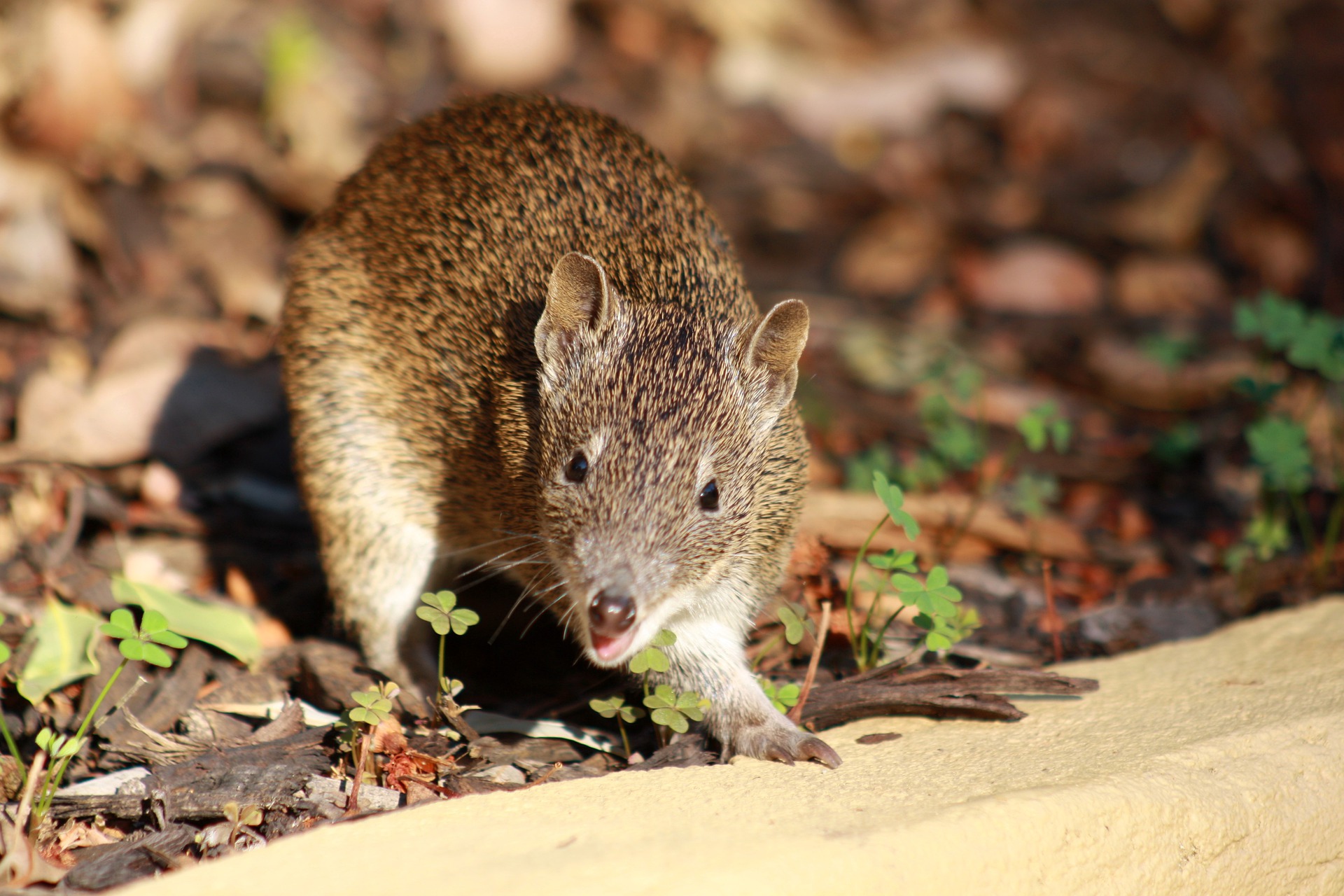Attachments
Note: Not all attachments are visible to the general public. Research URLs will go live after the embargo ends.

Journal/
conference: PLOS ONE
conference: PLOS ONE
Research:Paper
Organisation/s:
The University of Western Australia, Western Australia Department of Biodiversity, Conservation and Attractions
Funder:
Funding was provided by the Australian
Natural Heritage Trusts’ Endangered species
program, the Shark Bay mouse Recovery Plan,
Perth Zoological gardens, Chevron Australia
(through offset funds) and the Western Australian
Department of Biodiversity, Conservation and
Attractions (and its predecessors).



 Australia; WA
Australia; WA


